Animals that start with A: an illustrated guide with facts & pictures
The animal kingdom offers a plethora of fascinating creatures with unique traits and adaptations. Many people find it relaxing to interact with animals because they lower cortisol levels, a stress hormone. These animals serve as pollinators, predators, prey and nutrient recyclers. Get ready to explore fascinating details about animals that start with A.
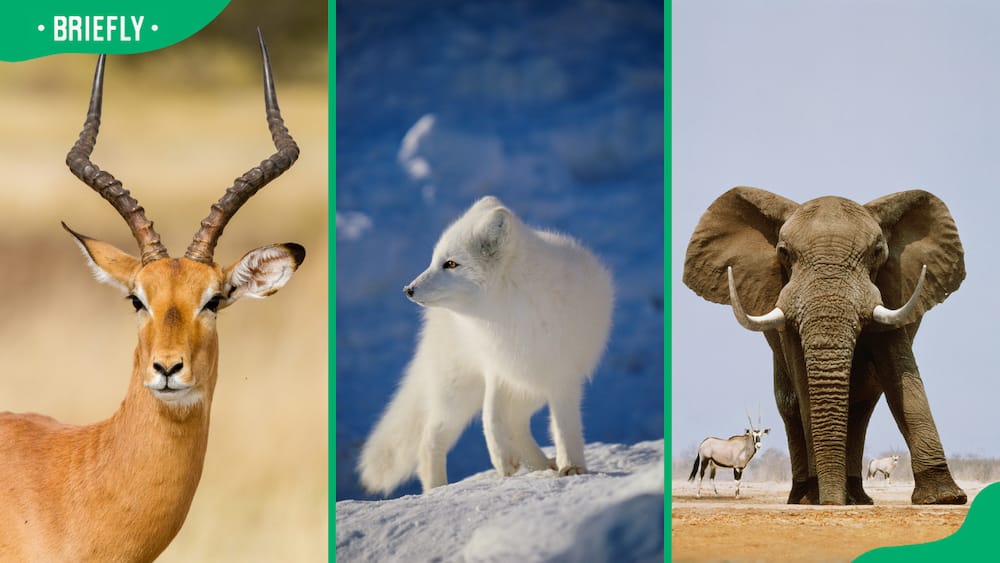
Source: Getty Images
TABLE OF CONTENTS
- Animals that start with A
- 1. Aardvark
- 2. African elephant
- 3. Antelope
- 4. Amazon dolphin
- 5. Albatross
- 6. Armadillo
- 7. African buffalo
- 8. Arboreal anteater
- 9. Arctic fox
- 10. Abyssinian Cat
- 11. Ant
- 12. Adélie penguin
- 13. Agouti
- 14. Anteater
- 15. Adder
- 16. Alligator
- 17. Addax
- 18. Aardwolf
- 19. African wild dog
- 20. Angelfish
- 21. Alpaca
- 22. Alpine newt
- 23. Angelshark
- 24. Arabian oryx
- 25. Aye-aye
- What is the longest animal name beginning with A?
- What animal starts with A?
- What is a mammal that starts with the letter A?
- What is a marine animal that starts with an A?
From the African elephant and aardvark to the Arctic fox, these A animals showcase the uniqueness and wonder of nature. Each of these animals offers a glimpse into the diversity of the natural world and plays a vital role in maintaining the balance of ecosystems.
Animals that start with A
This A animals list introduces a wide range of exotic creatures, each with its unique charm and adventure. Data from BBC Wildlife Magazine, A-Z Animals and Alphabetimals significantly influenced the research.
1. Aardvark
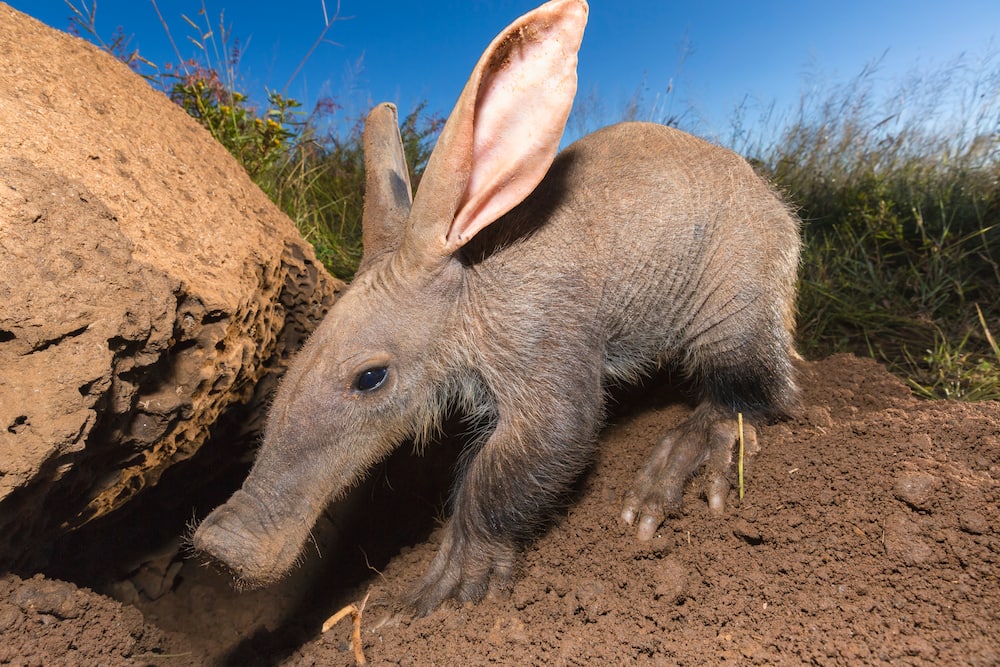
Source: Getty Images
- Kingdom: Animalia
- Phylum: Chordata
- Class: Mammalia
- Order: Tubulidentata
- Family: Orycteropodidae
- Genus: Orycteropus
The aardvark, native to Africa, is a nocturnal mammal with a long snout, large ears, and a tubular, almost hairless body. Its diet consists of ants and termites, which it digs up with its powerful claws.
2. African elephant
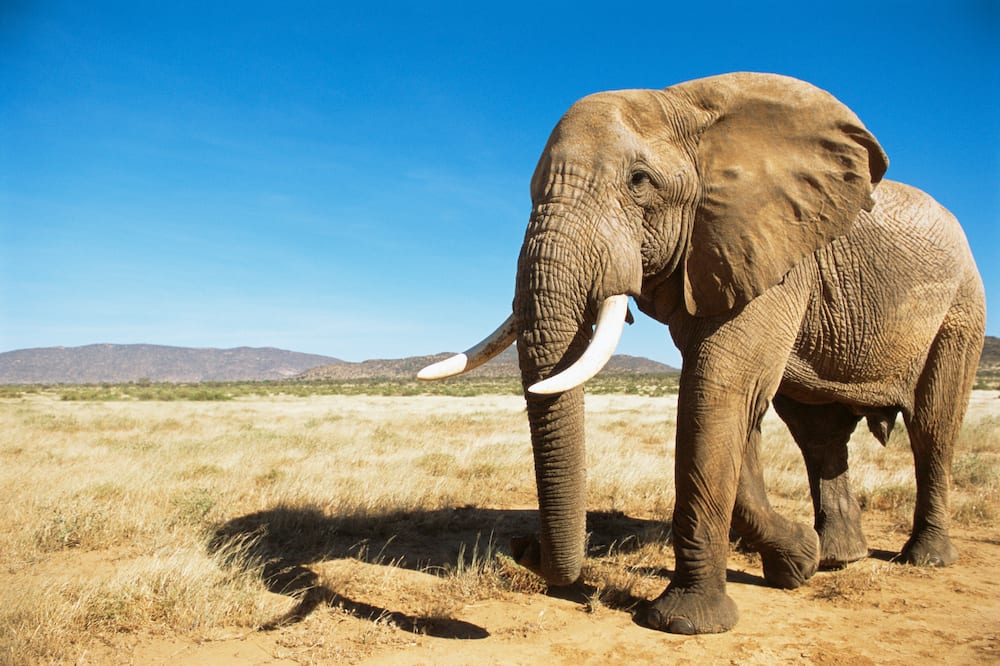
Source: Getty Images
- Kingdom: Animalia
- Phylum: Chordata
- Class: Mammalia
- Order: Proboscidea
- Family: Elephantidae
- Genus: Loxodonta
The African elephant is the largest land animal on Earth. It is characterised by its long trunk, large ears, and distinctive tusks. The animal is found across sub-Saharan Africa, lives in herds, and is known for its social behaviours and complex communication.
3. Antelope
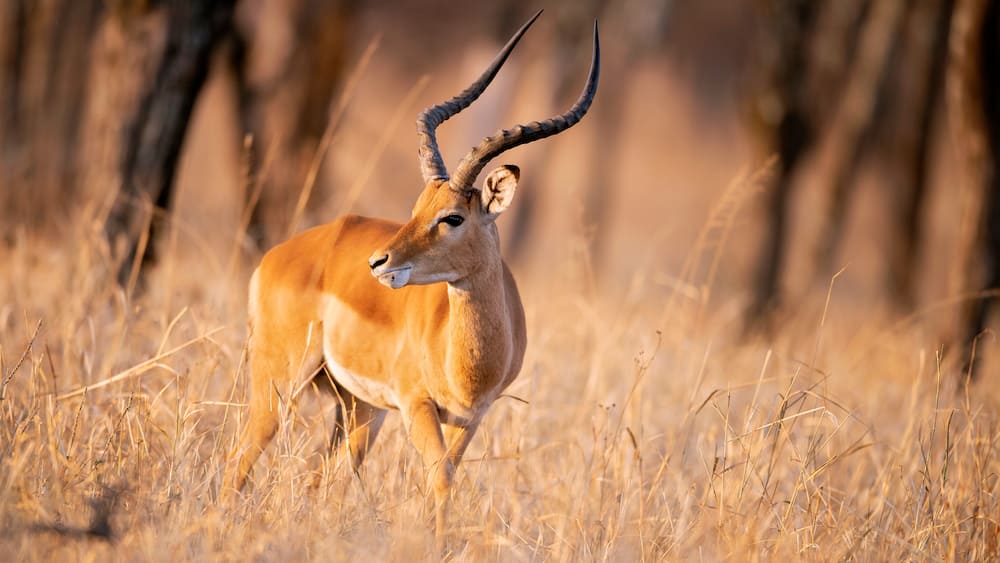
Source: Getty Images
- Kingdom: Animalia
- Phylum: Chordata
- Class: Mammalia
- Order: Artiodactyla
- Family: Bovidae
Antelopes are a diverse group of herbivorous mammals native to Africa, but some live in Asia and the Middle East. They vary in size, shape, and habitat preferences but are generally known for their agility and speed.
4. Amazon dolphin
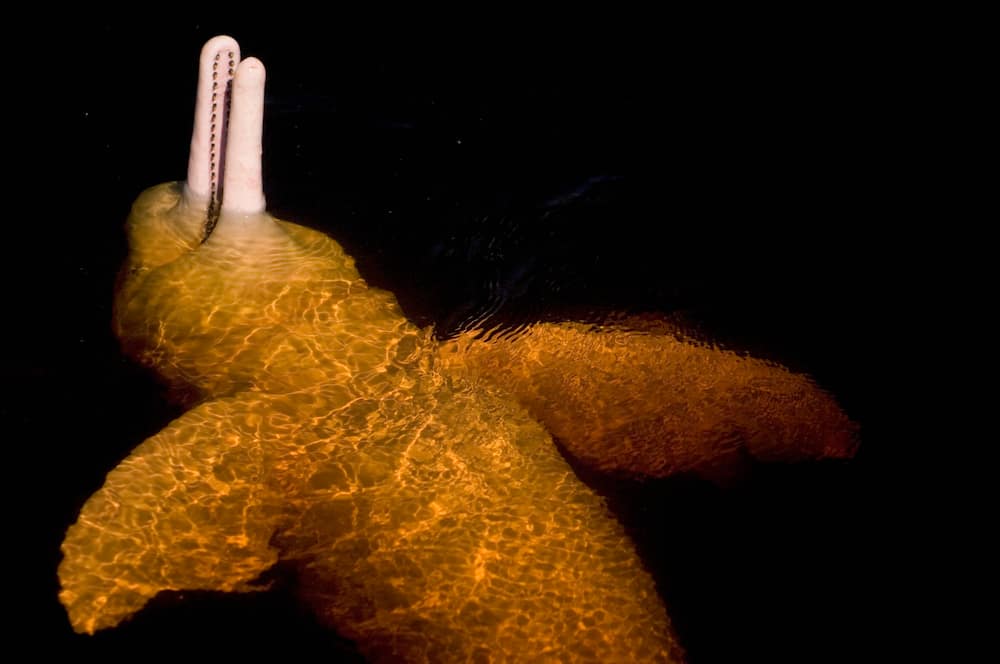
Source: Getty Images
- Kingdom: Animalia
- Phylum: Chordata
- Class: Mammalia
- Order: Cetacea
- Family: Iniidae
- Genus: Inia
The Amazon dolphin, also known as the pink river dolphin or boto, is a freshwater dolphin native to the Amazon River basin in South America. It is known for its distinctive pink colouration. The Amazon dolphin can grow up to 9.2 feet long and weigh up to 450 pounds.
5. Albatross
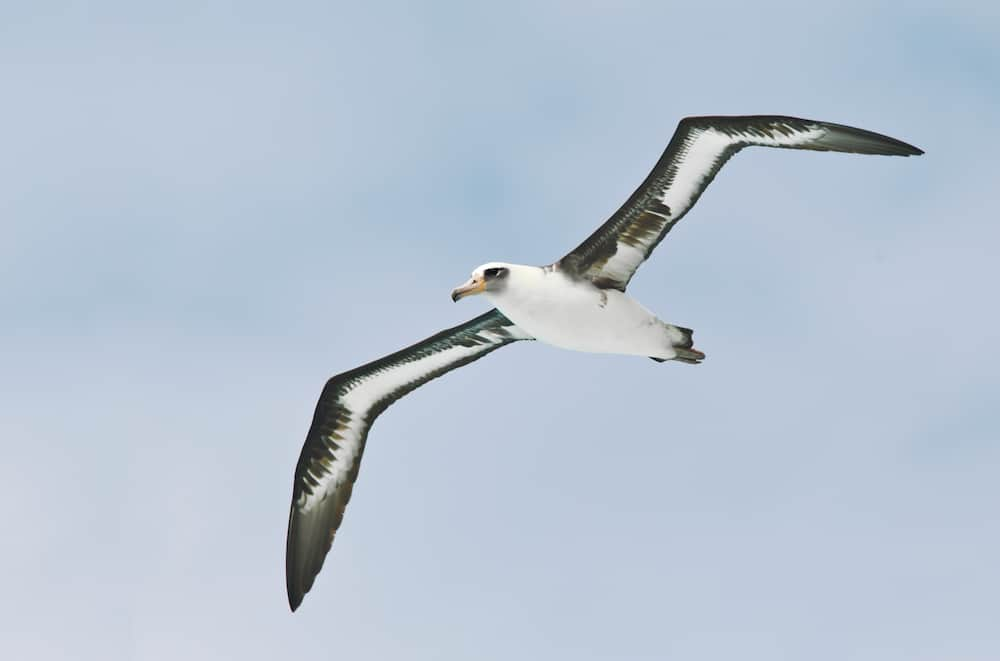
Source: Getty Images
- Kingdom: Animalia
- Phylum: Chordata
- Class: Aves
- Order: Procellariiformes
- Family: Diomedeidae
Albatrosses are large seabirds predominantly found in the Southern Ocean and the North Pacific Ocean. They are known for their impressive wingspans, which can exceed 10 feet. Albatrosses are carnivorous, feeding on marine animals such as crabs, small fish, krill, squid, and crustaceans.
6. Armadillo
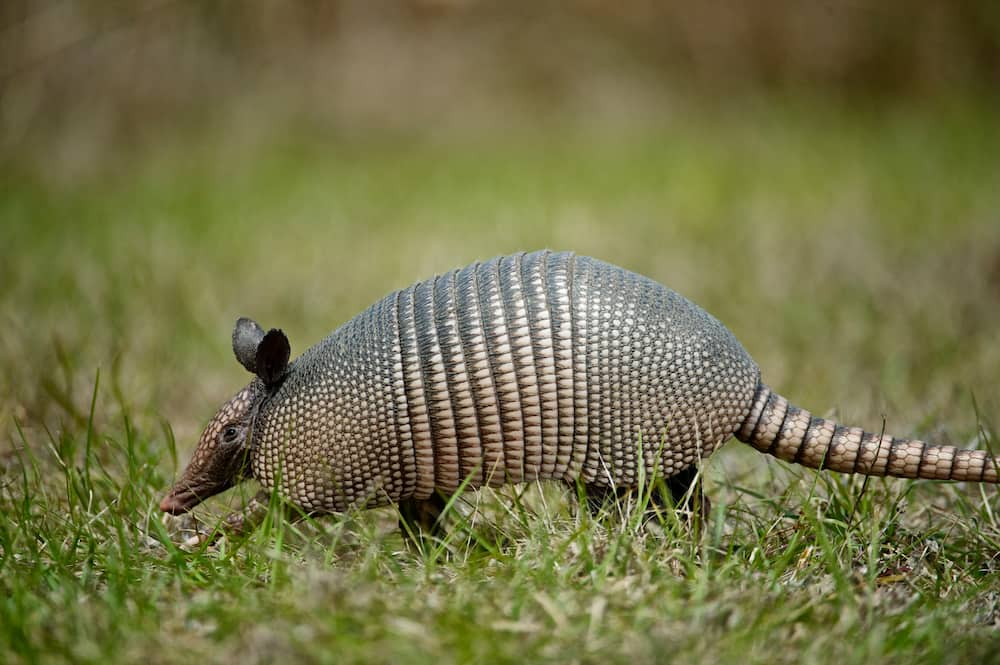
Source: Getty Images
- Kingdom: Animalia
- Phylum: Chordata
- Class: Mammalia
- Order: Cingulata
- Family: Dasypodidae
Armadillos are small to medium-sized mammals known for their distinctive armoured shell made of bony plates. They live in warm and temperate habitats, such as grasslands, rainforests, and semi-deserts. They are primarily nocturnal and feed on insects, plants, and small vertebrates.
7. African buffalo

Source: Getty Images
- Kingdom: Animalia
- Phylum: Chordata
- Class: Mammalia
- Order: Artiodactyla
- Family: Bovidae
- Genus: Syncerus
The African buffalo, also known as the Cape buffalo, is a large bovine species found in sub-Saharan Africa. It is known for its robust build, distinctive horns, and unpredictable temperament. This gigantic A animal is considered one of the Big Five game animals.
8. Arboreal anteater
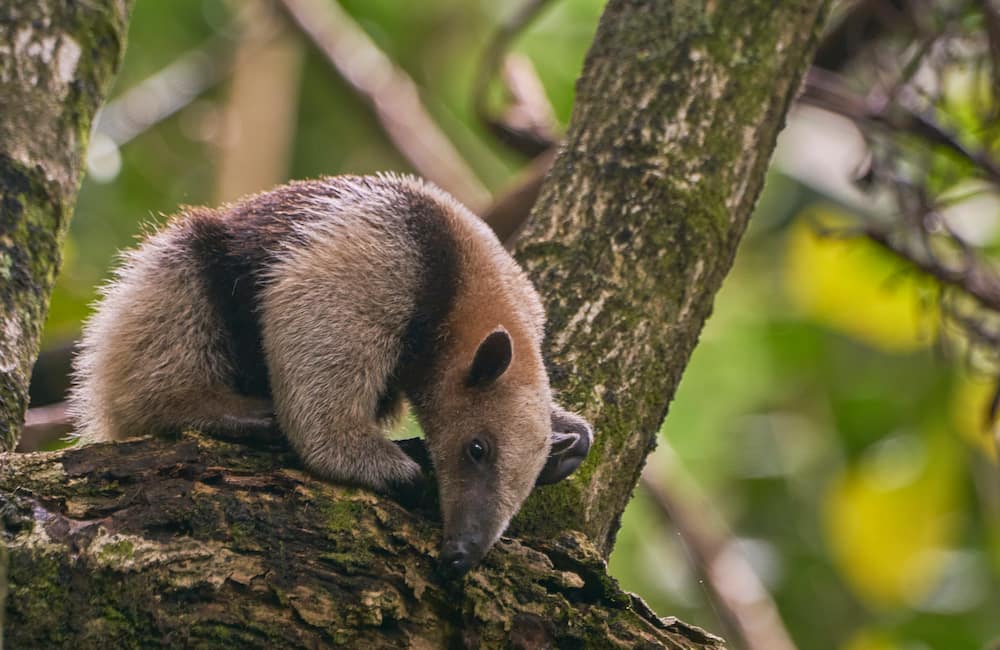
Source: Getty Images
- Kingdom: Animalia
- Phylum: Chordata
- Class: Mammalia
- Order: Pilosa
- Family: Myrmecophagidae
- Genus: Tamandua
The arboreal anteater, also known as the silky anteater, is a small anteater species found in Central and South America. Adapted for life in the treetops, this animal has a prehensile tail and specialised claws for climbing and feeding on ants and termites.
9. Arctic fox
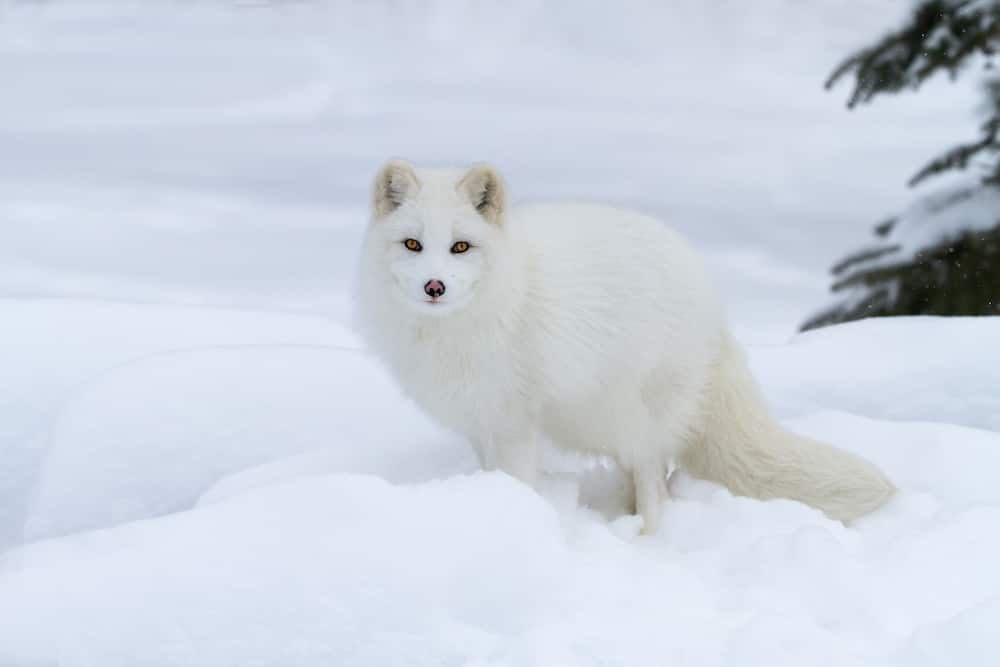
Source: Getty Images
- Kingdom: Animalia
- Phylum: Chordata
- Class: Mammalia
- Order: Carnivora
- Family: Canidae
- Genus: Vulpes
The Arctic fox is a small fox species native to the Arctic regions of the Northern Hemisphere. Its thick, insulating fur coat changes colour with the seasons, allowing it to camouflage effectively in its snowy habitat. Arctic foxes feed on small mammals, birds, eggs, and carrion.
10. Abyssinian Cat
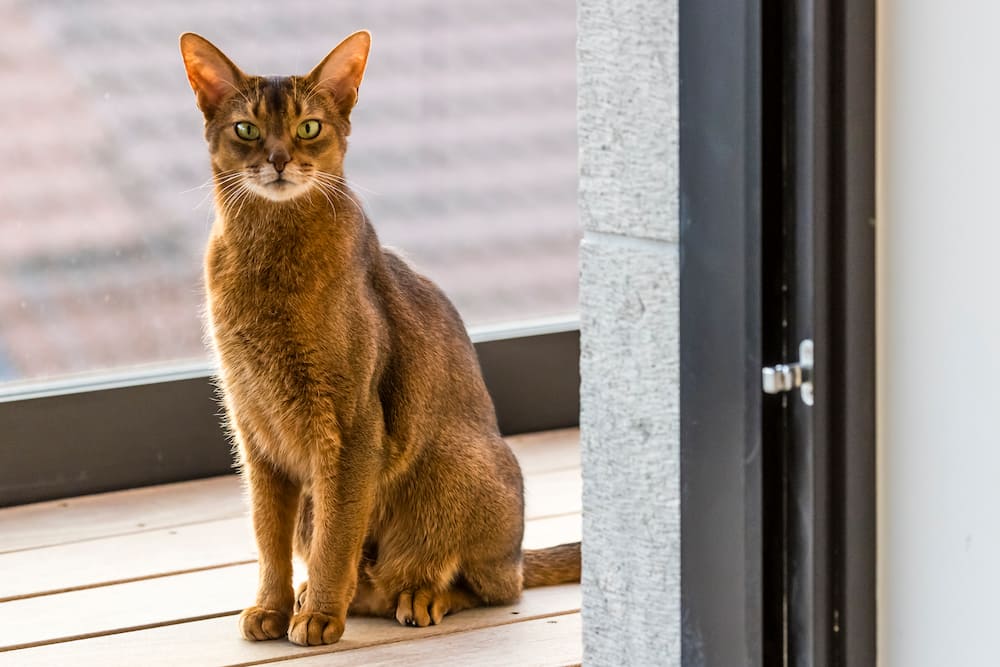
Source: Getty Images
- Kingdom: Animalia
- Phylum: Chordata
- Class: Mammalia
- Order: Carnivora
- Family: Felidae
- Genus: Felis
The Abyssinian cat is one of the zoo animals that starts with the letter A. They are a domestic cat breed known for their distinctive large, almond-shaped eyes, big ears, small oval paws, and a long, tapering tail. These cats are active, playful, and affectionate companions. They have a lifespan of 9–15 years.
11. Ant
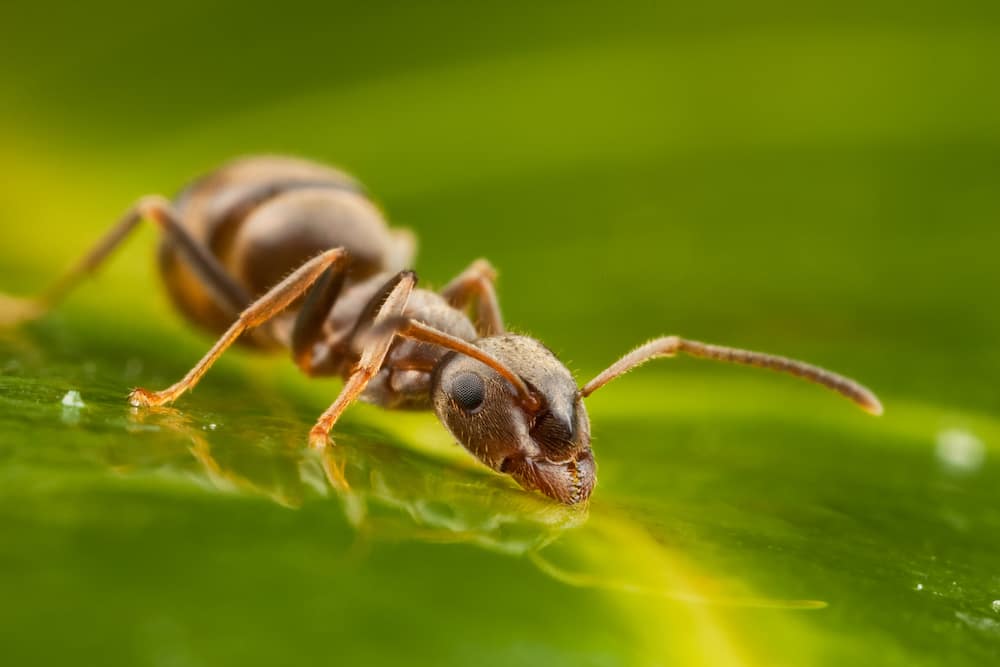
Source: Getty Images
- Kingdom: Animalia
- Phylum: Arthropoda
- Class: Insecta
- Order: Hymenoptera
- Family: Formicidae
Ants live in highly organised colonies found on every continent except Antarctica. They play a crucial role in ecosystems as scavengers, predators, and seed dispersers. Depending on the species, ant colonies can range in size from a few dozen individuals to millions.
12. Adélie penguin
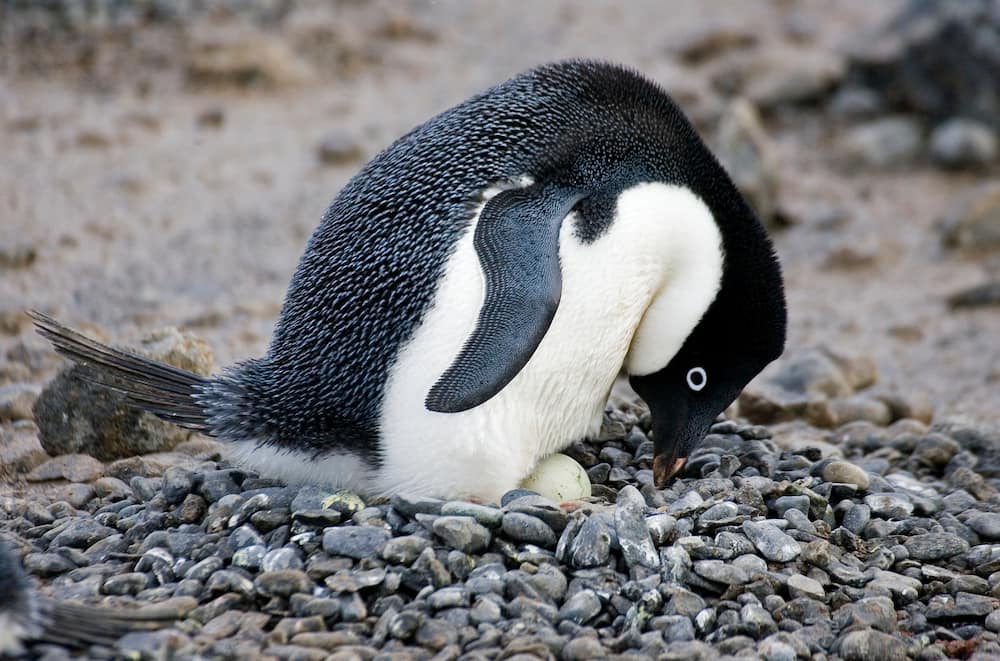
Source: UGC
- Kingdom: Animalia
- Phylum: Chordata
- Class: Aves
- Order: Sphenisciformes
- Family: Spheniscidae
- Genus: Pygoscelis
The Adélie penguin is a species of penguin found along the coast of Antarctica and nearby islands. They are known for their distinctive black and white plumage, proficient swimmers, and agility on land. Adélie penguins primarily feed on krill and other small marine creatures.
13. Agouti
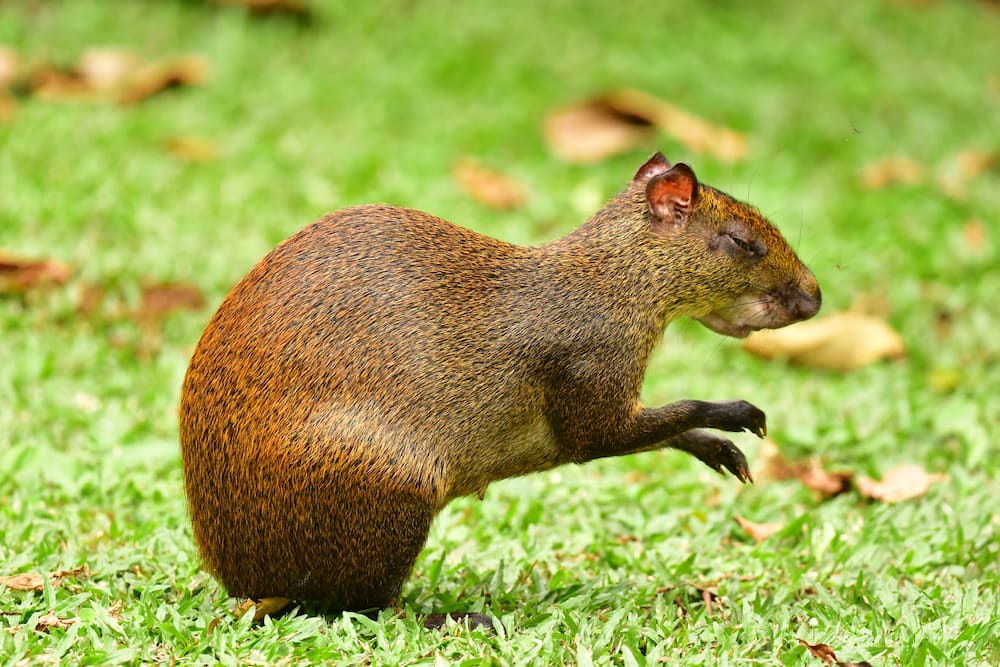
Source: Getty Images
- Kingdom: Animalia
- Phylum: Chordata
- Class: Mammalia
- Order: Rodentia
- Family: Dasyproctidae
- Genus: Dasyprocta
Agoutis are small rodents native to Central and South America. They resemble large guinea pigs with long legs. These animals play an essential role in forest ecosystems as seed dispersers by using their sharp teeth to crack open nuts and seeds.
14. Anteater
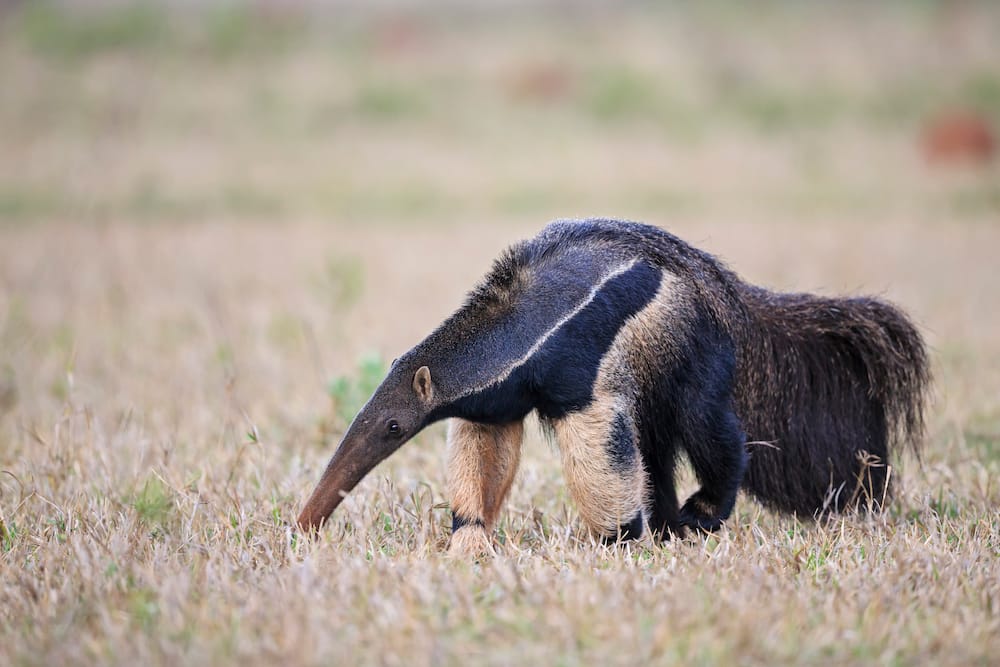
Source: Getty Images
- Kingdom: Animalia
- Phylum: Chordata
- Class: Mammalia
- Order: Pilosa
- Family: Myrmecophagidae
- Genus: Myrmecophaga
Anteaters are mammals found in Central and South America. They are known for their elongated snouts and tongues, which they use to feed on ants, termites, and other insects. These animals are adapted for a specialised diet and have powerful claws for excavating insect nests.
15. Adder
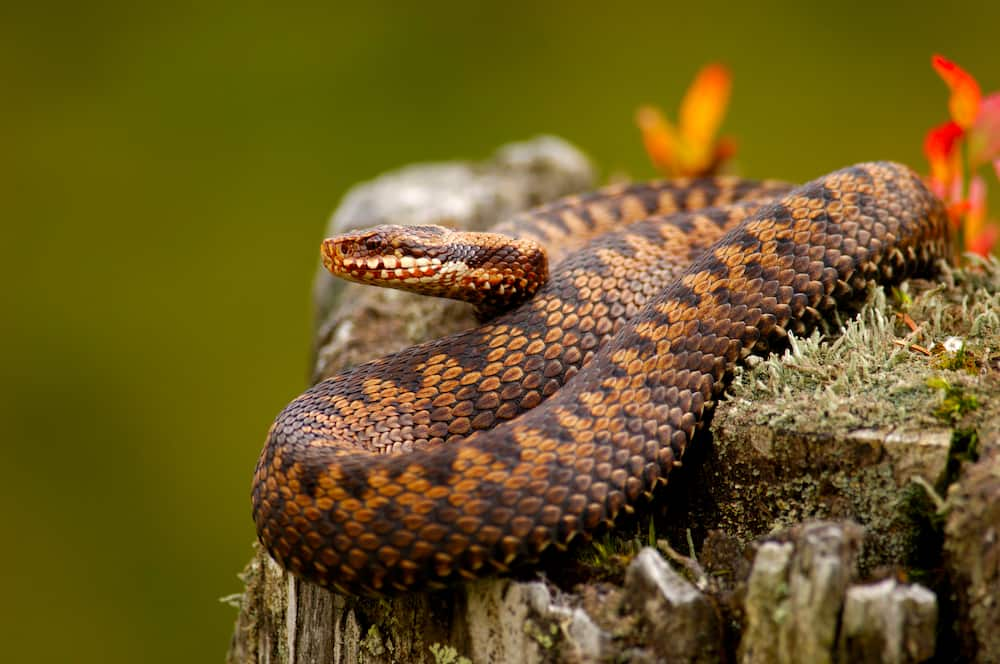
Source: Getty Images
- Kingdom: Animalia
- Phylum: Chordata
- Class: Reptilia
- Order: Squamata
- Family: Viperidae
The adder, also known as the common viper, is a venomous snake found across Europe and Asia. It is characterised by its distinctive zigzag pattern. Although adders are venomous, they are generally not aggressive towards humans unless provoked.
16. Alligator
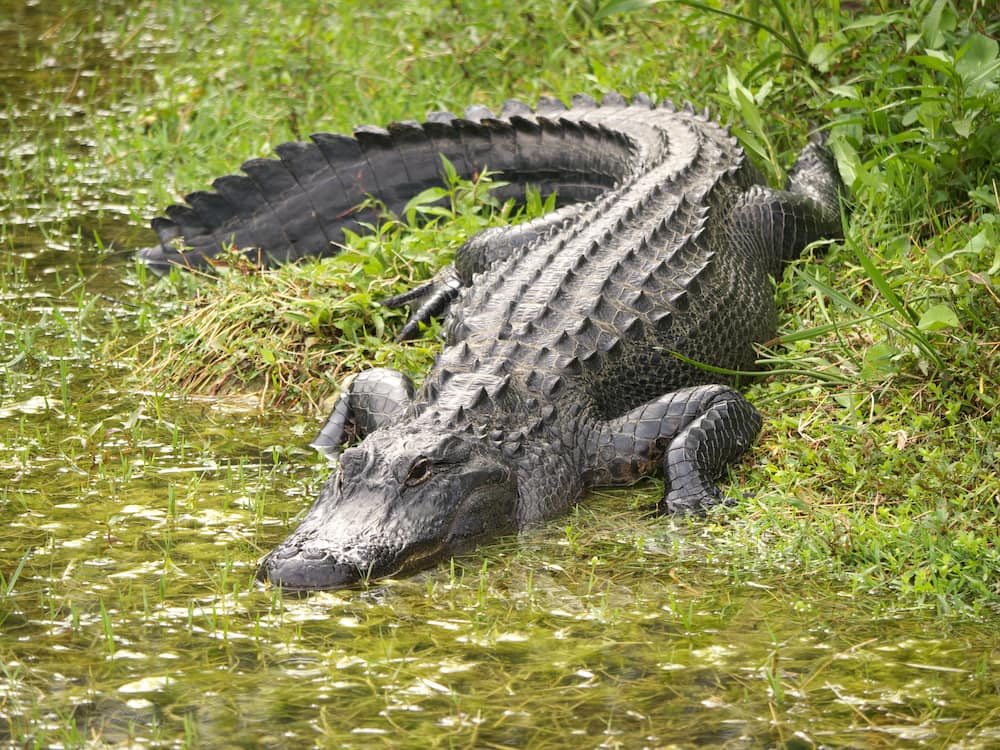
Source: Getty Images
- Kingdom: Animalia
- Phylum: Chordata
- Class: Reptilia
- Order: Crocodilia
- Family: Alligatoridae
- Genus: Alligator
Alligators are giant reptiles native to the southeastern United States and parts of China. They are closely related to crocodiles but have broader snouts. These animals are apex predators in their ecosystems and feed on fish, amphibians, birds, and mammals.
17. Addax
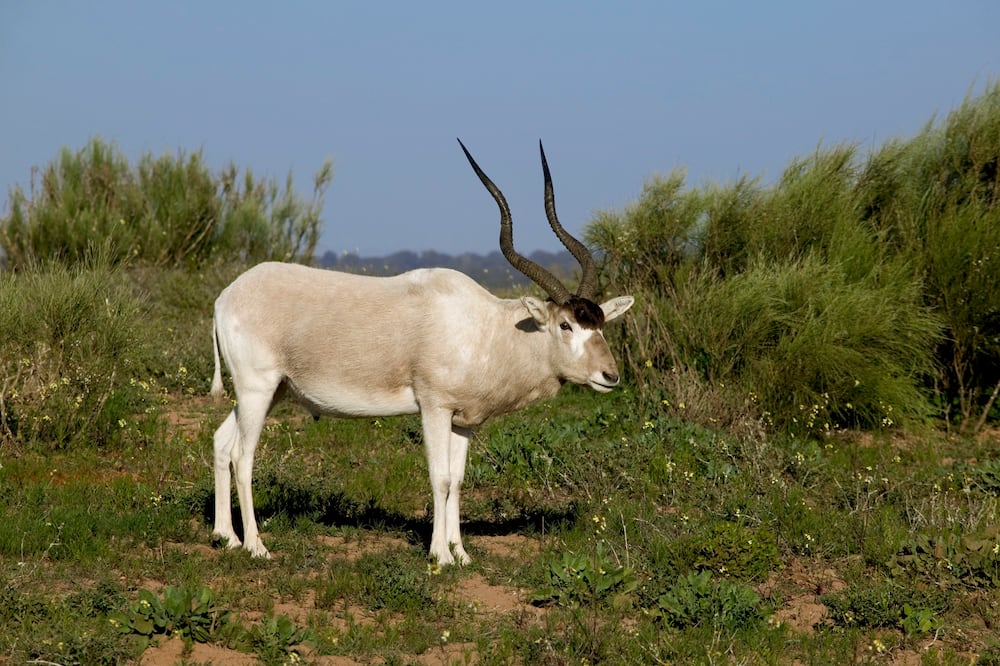
Source: Getty Images
- Kingdom: Animalia
- Phylum: Chordata
- Class: Mammalia
- Order: Artiodactyla
- Family: Bovidae
- Genus: Addax
The addax, also known as the white antelope or screwhorn antelope, is a critically endangered species native to the Sahara Desert. It is recognised by its distinctive, twisted horns and pale coat. The addax is well adapted to its desert habitat and can survive for long periods without water.
18. Aardwolf
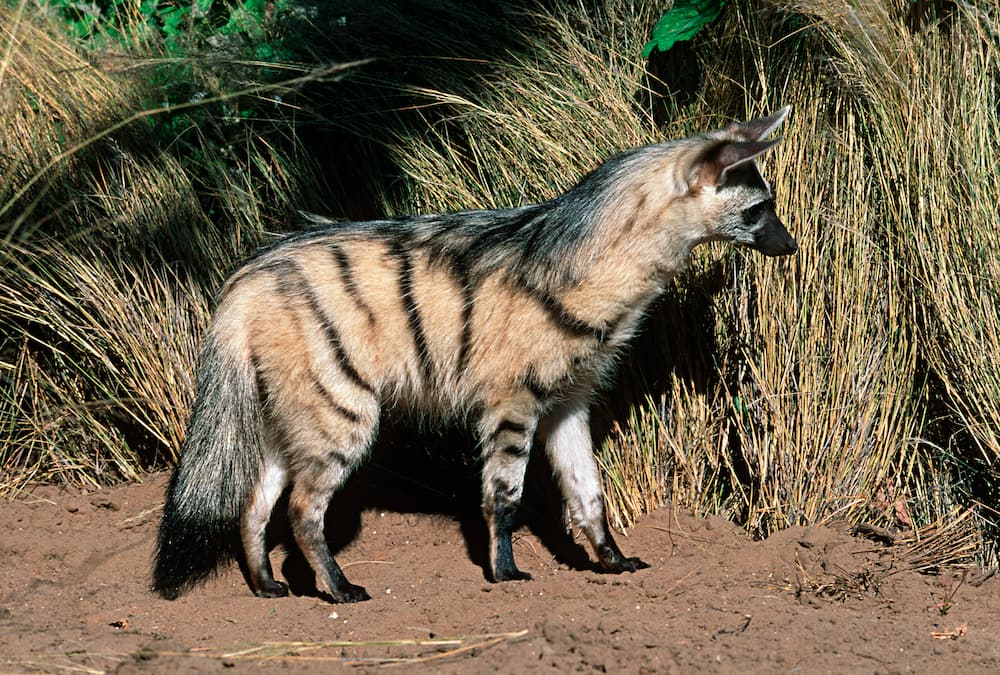
Source: UGC
- Kingdom: Animalia
- Phylum: Chordata
- Class: Mammalia
- Order: Carnivora
- Family: Protelidae
- Genus: Proteles
The aardwolf is a small, insectivorous mammal native to eastern and southern Africa. It is a nocturnal carnivore that mainly eats termites but also other insects, larvae, eggs, and sometimes small mammals and birds.
19. African wild dog
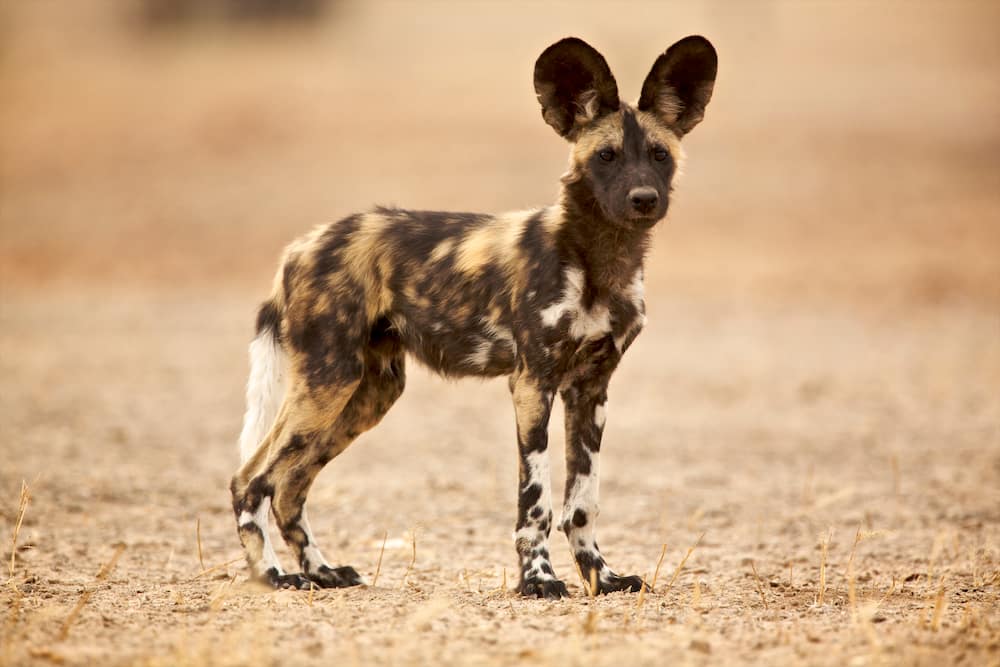
Source: Getty Images
- Kingdom: Animalia
- Phylum: Chordata
- Class: Mammalia
- Order: Carnivora
- Family: Canidae
- Genus: Lycaon
The African wild dog, also known as the painted wolf or Cape hunting dog, is a highly social carnivore found in sub-Saharan Africa. These carnivores are known for their distinctive coat patterns and strong pack bonds.
20. Angelfish
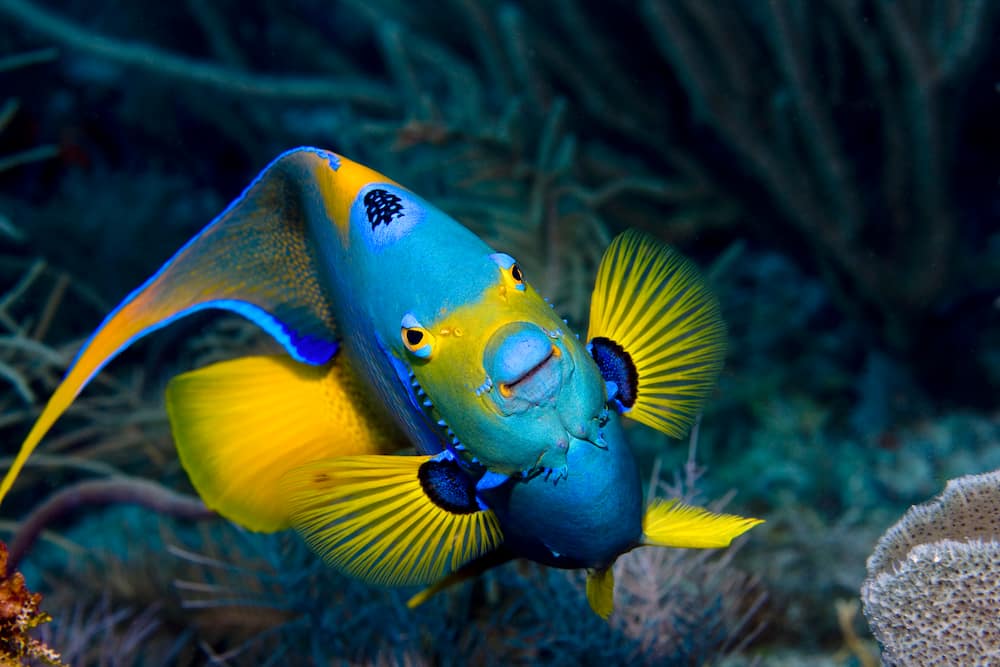
Source: Getty Images
- Kingdom: Animalia
- Phylum: Chordata
- Class: Actinopterygii
- Order: Perciformes
- Family: Pomacanthidae
- Genus: Pterophyllum
Angelfish are tropical fish with brightly coloured scales that come in dozens of species. Marine angelfish are known to live in the Indian, Atlantic and western Pacific oceans in warm, shallow saltwater habitats such as coral reefs.
21. Alpaca
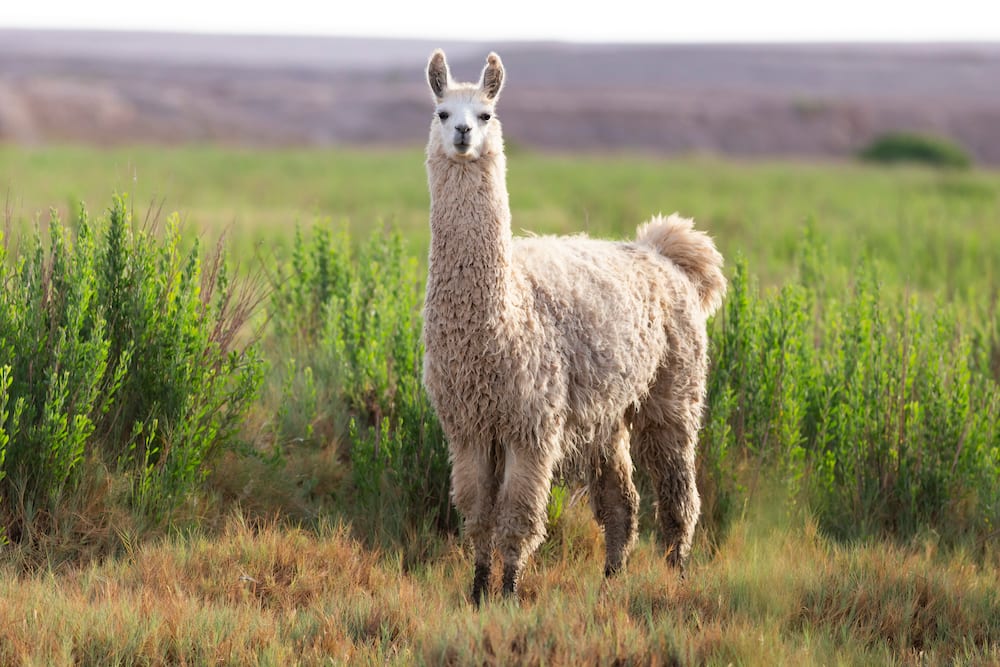
Source: Getty Images
- Kingdom: Animalia
- Phylum: Chordata
- Class: Mammalia
- Order: Artiodactyla
- Family: Camelidae
- Genus: Vicugna
The alpaca is among the domesticated animals with the letter A. It is a camelid species native to South America. They produce soft fleece used to make luxurious textiles. Alpacas can live up to 20 years and can provide fleece for a lifetime.
22. Alpine newt
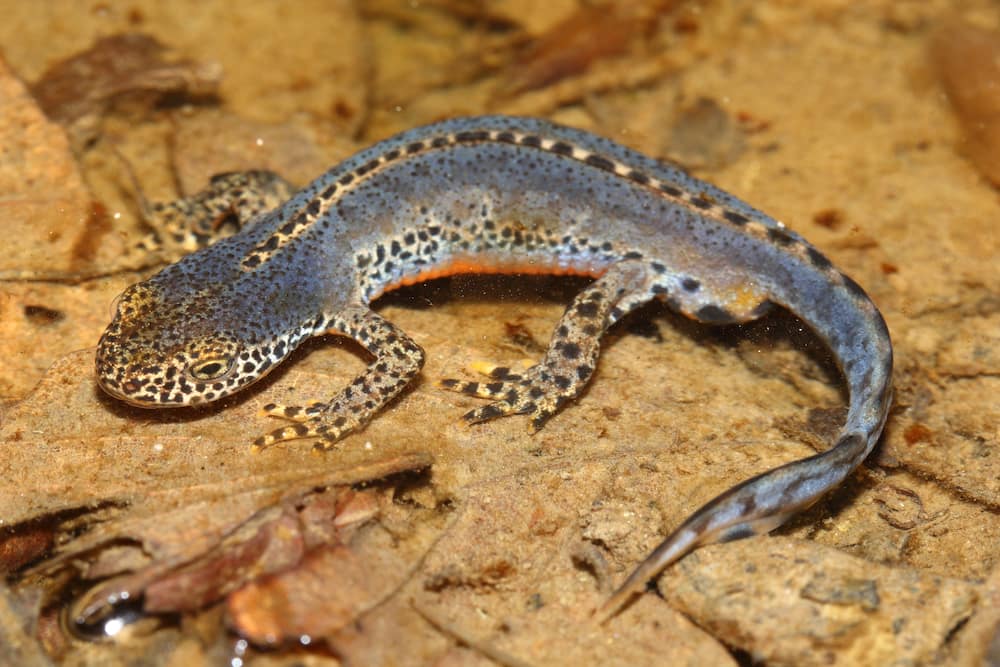
Source: Getty Images
- Kingdom: Animalia
- Phylum: Chordata
- Class: Amphibia
- Order: Caudata
- Family: Salamandridae
- Genus: Ichthyosaura
The alpine newt is a species of newt found in mountainous regions of Europe, including the Alps and the Carpathian Mountains. It is usually 7–12 cm long, with females slightly larger than males.
23. Angelshark
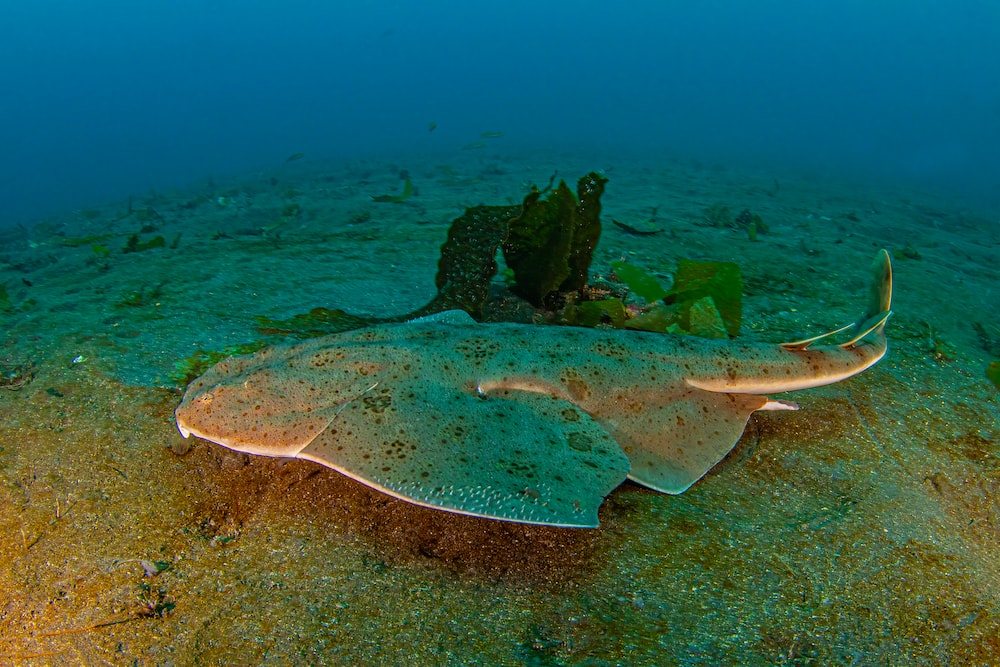
Source: Getty Images
- Kingdom: Animalia
- Phylum: Chordata
- Class: Chondrichthyes
- Order: Squatiniformes
- Family: Squatinidae
- Genus: Squatina
The angelshark is a shark species found in the northeastern Atlantic Ocean and the Mediterranean Sea. It has a flat body with wide, wing-like pectoral fins that make it look like a ray or skate. These animals live in coastal and outer continental shelf sediment habitats at depths of 16 to 492 feet.
24. Arabian oryx
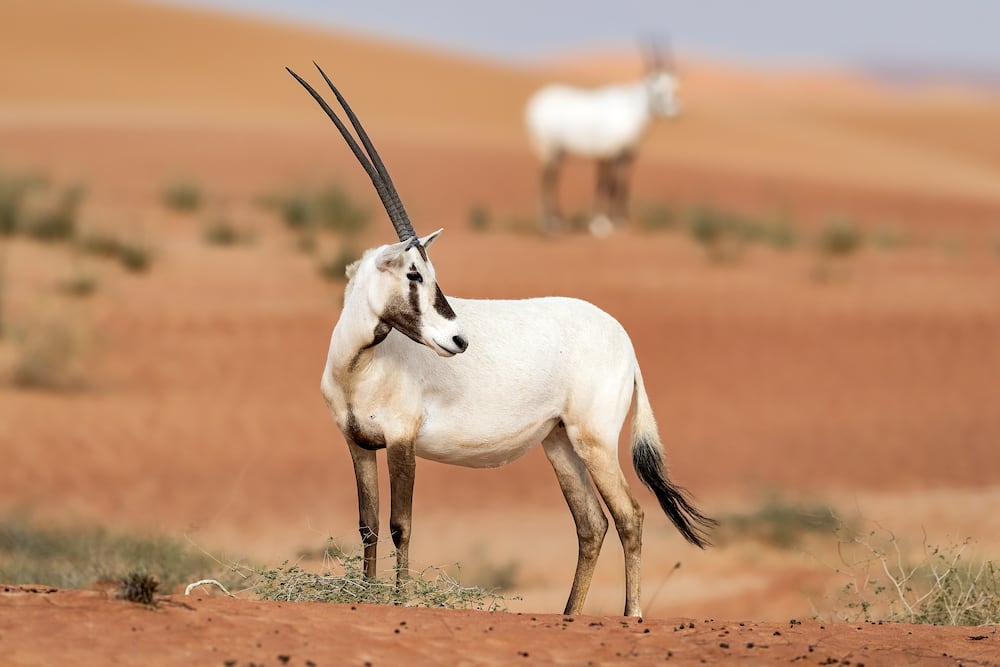
Source: Getty Images
- Kingdom: Animalia
- Phylum: Chordata
- Class: Mammalia
- Order: Artiodactyla
- Family: Bovidae
- Genus: Oryx
The Arabian oryx is a medium-sized white antelope that lives in the Arabian desert. It can weigh up to 80 kilograms and has long, straight, or slightly curved horns. Arabian oryx can also survive for long periods without water by eating desert plants.
25. Aye-aye
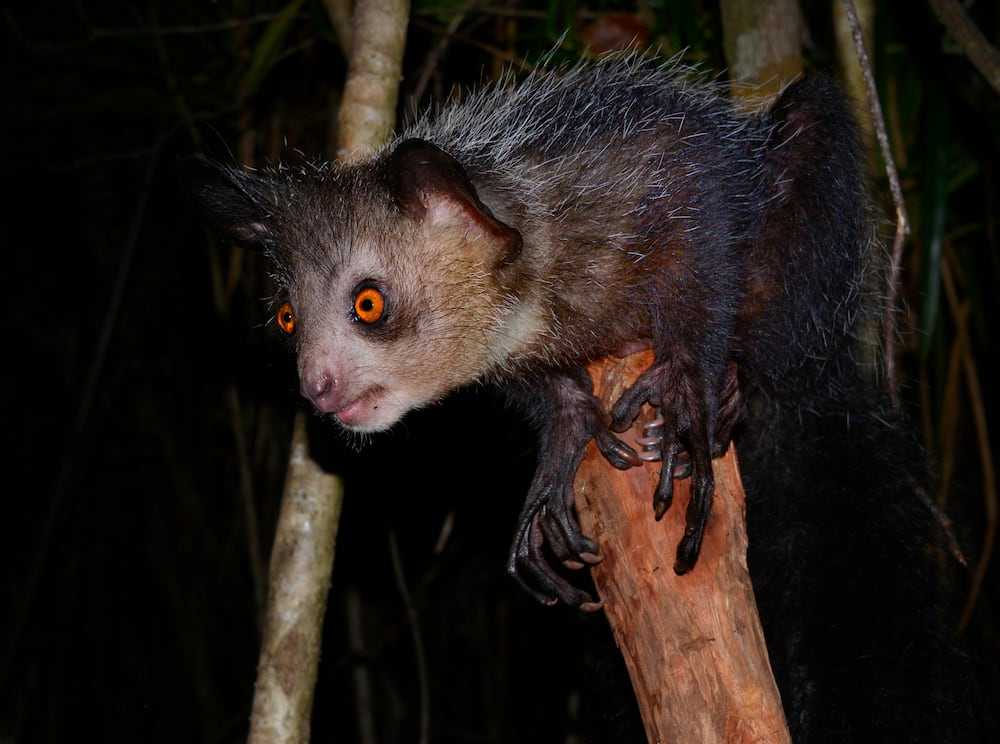
Source: Getty Images
- Kingdom: Animalia
- Phylum: Chordata
- Class: Mammalia
- Order: Primates
- Family: Daubentoniidae
- Genus: Daubentonia
The aye-aye is a unique species of lemur native to Madagascar. It is dark brown or black in colour and has bushy tails, big eyes, slender fingers, and large ears. In the wild, the aye-aye has an average lifespan of 20 years.
What is the longest animal name beginning with A?
Some of the longest animal names beginning with the letter A include the African Grey Parrot, Amazon River Dolphin, Andean Condor, American Alligator, and African Rhinoceros.
What animal starts with A?
Some of the popular animals that start with the letter A are ants, antelopes, African elephants, Amazon dolphins, and anteaters.
What is a mammal that starts with the letter A?
The A mammals list is extensive and includes the aardvark, antelopes, armadillos, African buffalo, and arboreal anteater.
What is a marine animal that starts with an A?
Some of the famous marine animals that start with the letter A include angel shark, angelfish, abalone and anchovy.
Above are some animals that start with A, including mammals, reptiles, and sea animals. Recognising and preserving the importance of these animals is essential for maintaining the health and sustainability of the planet.
READ ALSO: Animals that start with X: a list with facts and photos
Briefly.co.za published an exciting post about Animals that start with X. Exploring the animal kingdom is a journey full of surprises and fascinating discoveries, especially when you delve into species that begin with less common letters like X.
In the vast tapestry of the animal kingdom, animals that start with X may not be the most talked-about, but they are certainly intriguing in their own right. Read on to discover some fascinating animals that start with the letter X.
Source: Briefly News










